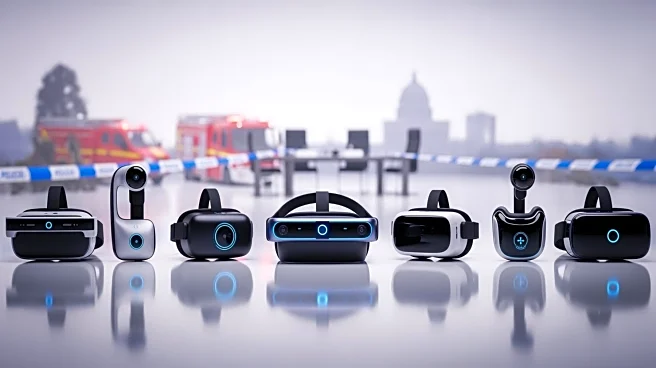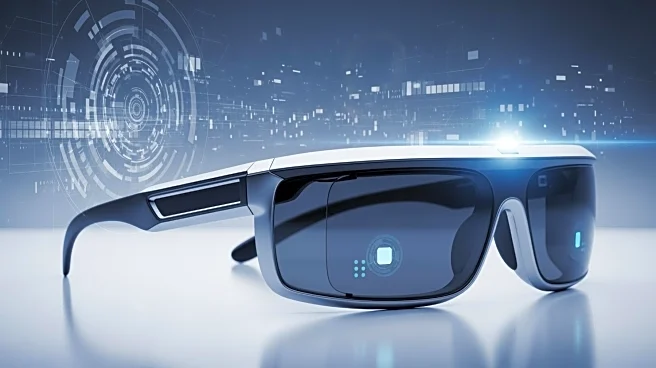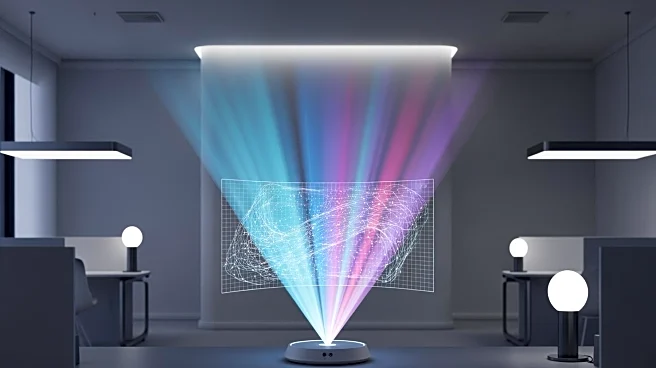What's Happening?
In October 2025, several companies unveiled new augmented reality headsets, each targeting different user needs. Samsung launched its Galaxy XR headset, Apple updated its Vision Pro M5, and Anduril introduced
the EagleEye MR helmet. These devices cater to various audiences, from consumer comfort to military applications, with prices ranging from affordable glasses to high-end headsets. The launches highlight the growing diversity in AR technology, offering options for consumers, developers, and industry professionals.
Why It's Important?
The introduction of these AR headsets marks a pivotal moment in the augmented reality market, as consumers now have a wider range of choices based on comfort, openness, and specialized utility. This diversity allows users to select devices that best fit their needs, whether for creative workflows, daily use, or defense applications. The competition among manufacturers to offer innovative features and competitive pricing could accelerate the adoption of AR technology across various sectors.
What's Next?
As these headsets become available, consumers and businesses will likely evaluate their potential for enhancing productivity and user experience. Developers may focus on creating applications that leverage the unique capabilities of each device, while companies might explore AR's potential for remote assistance and safety monitoring. The market could see further innovation as smaller vendors push the boundaries of battery life and form factor.
Beyond the Headlines
The expansion of AR technology into different sectors raises questions about its long-term impact on industries such as defense, entertainment, and enterprise. As AR becomes more integrated into daily life, ethical considerations regarding privacy and data security will become increasingly important.











